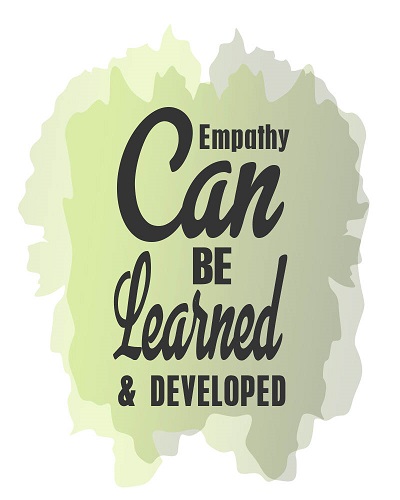 If you’re like a lot of people, you probably spend some time online. Many of us waste a lot of precious time surfing the web. We know we should be doing something more productive, but it’s right there staring you in the face. Besides, it’s a lot more fun than doing the dishes or cleaning the garage.
If you’re like a lot of people, you probably spend some time online. Many of us waste a lot of precious time surfing the web. We know we should be doing something more productive, but it’s right there staring you in the face. Besides, it’s a lot more fun than doing the dishes or cleaning the garage.
Spend too much time online and your life can suffer in a number of ways. You might find it difficult to understand the emotions or feelings behind what someone is telling you. They’re not there in front of you. You can’t pick up on visual, nonverbal clues as to the emotions the person is experiencing.
Even when you can empathize with someone while communicating online, your responses are limited. You might want to help in some way. That’s a key part of the empathetic response. It can be difficult to respond with kindness or care to someone who you’re interacting with online.
Fear not, empathetic person. There are a few tips that can help you put yourself in someone else’s shoes, even if your interaction is on the World Wide Web. We’ll share those with you in just a bit.
Before we get started talking about empathy, let’s nail down a good definition.
The Ted Talks website tells us empathy is …
“The ability to recognize someone’s emotions and put yourself into their shoes to create a positive outcome in a given situation.”
Now let’s look at a few ways you can practice empathy in an increasingly online world.
Turn to Video
Body language can tell you so much about what a person isn’t saying. Facial expressions and posture can reveal a lot about a person’s thoughts and feelings. If you can, ask the person you’re communicating with to jump on a video Skype call. They probably know how to video themselves on their smartphone.
Communicating online often means a text-based experience. That doesn’t help you pick up on revealing nuances in a person’s voice, or the tone they’re using. A video chat reveals audio and visual clues to help you better understand the emotions behind what someone is saying.
Ask Pointed Questions
Sometimes you get a feeling that what someone’s saying isn’t everything they’re trying to communicate. If your relationship with this person is good, ask them if there’s something else they’re trying to say.
Be very clear. Ask if there’s something going on they want to talk about, or if you’re just reading too much between the lines.
Arrange a Telephone Call or Physical Meeting
Set up a telephone call. You’re going to understand a lot more about a person’s feelings when you hear their voice. You can also arrange a physical meeting if you think that’s what’s required.
Interpreting what’s posted in a Facebook Messenger chat or text message can be difficult. Did the person just make a snide remark? Are they telling a joke or are they being serious? It’s tough to reach out to someone with empathy in some situations online.
If you think you see a problem and can provide assistance, ask for some clarity. Let the person you’re communicating know that you’re there for them, and willing to help. It’s not impossible to practice empathy online, but you might have to work a little harder to spot an opportunity.





